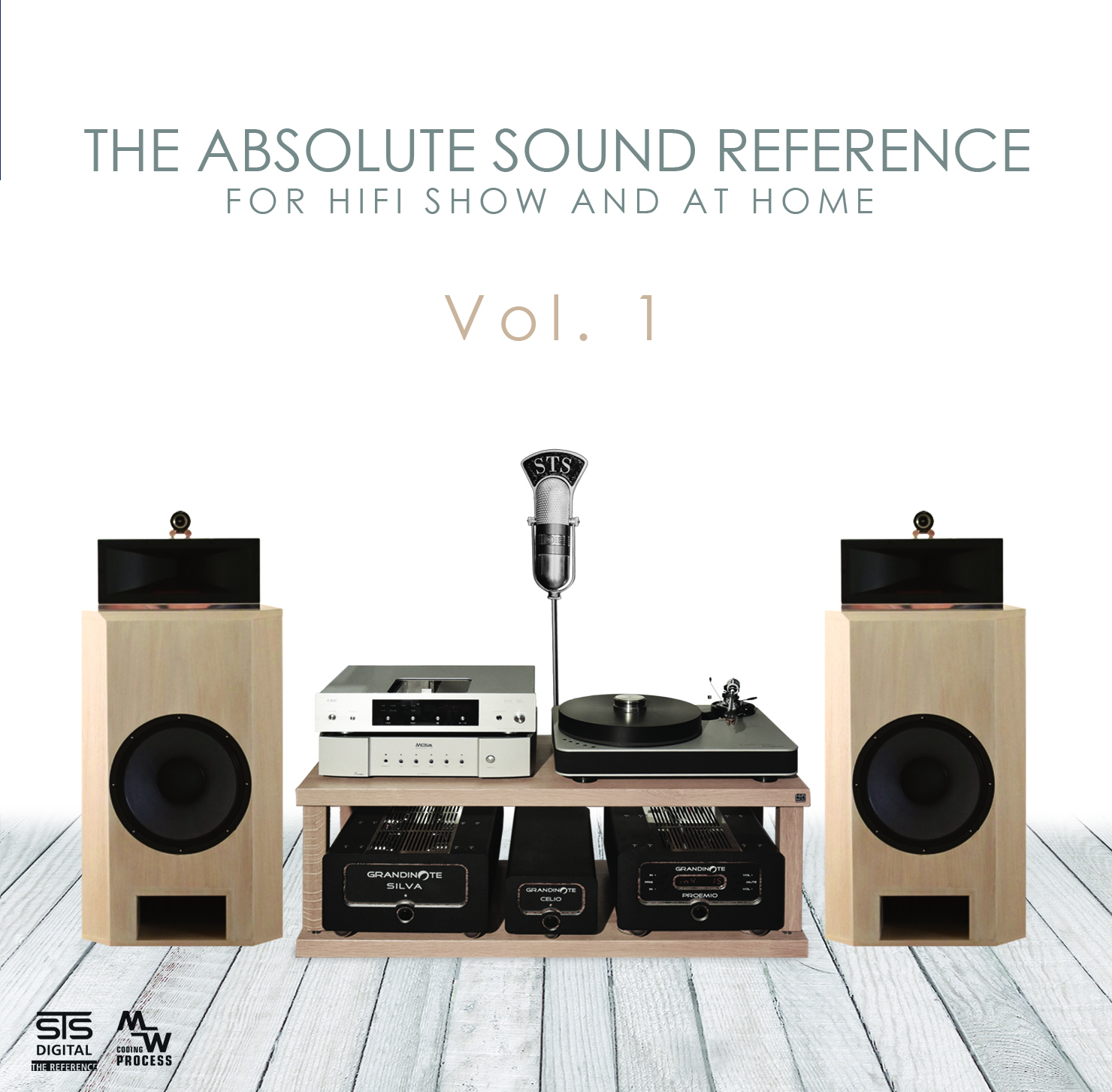

- #SOUND REFERENCE SOFTWARE HOW TO#
- #SOUND REFERENCE SOFTWARE DRIVERS#
- #SOUND REFERENCE SOFTWARE UPGRADE#
- #SOUND REFERENCE SOFTWARE SOFTWARE#
Follow this guide to get started: Setting up with SoundID Reference DAW pluginĮxport your calibration profile for supported devices. All major plugin formats are supported: AU, AAX, VST2, VST3. Perfect for music production and mixing process, featuring a Zero Latency filer. Follow this guide to get started: Setting up with the SoundID Reference standalone app System-wide calibration for your entire computer audio (local files & players, browser, gaming, etc.). Identify what is the best fit for your system and workflow, and follow the guides below:

#SOUND REFERENCE SOFTWARE DRIVERS#
#SOUND REFERENCE SOFTWARE HOW TO#
If you're using a subwoofer, see how to set it up in 2.0 stereo here: Measuring a subwoofer in a 2.0 stereo setup.Results - o nce the measurement process is complete, the results will be displayed.Room response - a series of 37 measurements of your room and speakers.Listening spot - establishing the dimensions of your listening area.Hardware setup - setting up your hardware, I/O, and audio settings.The 4-stage measurement process will take around 20-30 min to complete: To begin, launch the SoundID Reference Measure app.
#SOUND REFERENCE SOFTWARE UPGRADE#
See u pgrade options for existing Sonarworks license owners here: SoundID Reference upgrade pathsĪ free trial is available here, and trial extensions are available in your Sonarworks Account. SoundD Reference for Speakers & Headphones is available in Sonarworks Store, or at your local distributor: find a dealer. To use SoundD Reference for Speakers & Headphones, you will need to add a SoundID Reference product license to your user account:
#SOUND REFERENCE SOFTWARE SOFTWARE#

The data curve from a potentiostatic mode test is current noise versus time.ĮCM8 multiplexer compatibility added to the Potentiostatic Mode ECN script. The rms noise of the detrended current is then calculated and reported as the current noise of this data block. After the block is acquired, the data is "detrended" by subtracting a best fit linear current versus time curve from the measured currents. The potentiostat holds a single metal specimen at a constant potential vs a reference electrode. The data curve from a ZRA mode test is current noise and potential (voltage) noise versus time.ĮCM8 Multiplexer compatibility added to the ZRA Mode ECN script. The rms noise level of both the detrended current and detrended potential are calculated. At the same time, the potential of the specimens is measured versus a reference electrode. The ZRA mode of the potentiostat electronically “shorts” these specimens and measures the current flow between them. Two identical metal samples are used as the test specimens.


 0 kommentar(er)
0 kommentar(er)
